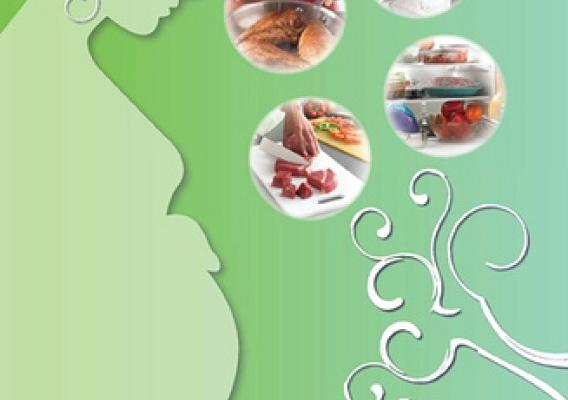An official website of the United States government
Official websites use .gov
A .gov website belongs to an official government organization in the United States.
Secure .gov websites use HTTPS
A lock ( ) or https:// means you’ve safely connected to the .gov website. Share sensitive information only on official, secure websites.


 These days, it seems everyone knows (or is) a foodie, a self-proclaimed guru of all things edible. To add to the myriad of “foodie gift guides” shopping sites have created this month, the
These days, it seems everyone knows (or is) a foodie, a self-proclaimed guru of all things edible. To add to the myriad of “foodie gift guides” shopping sites have created this month, the 